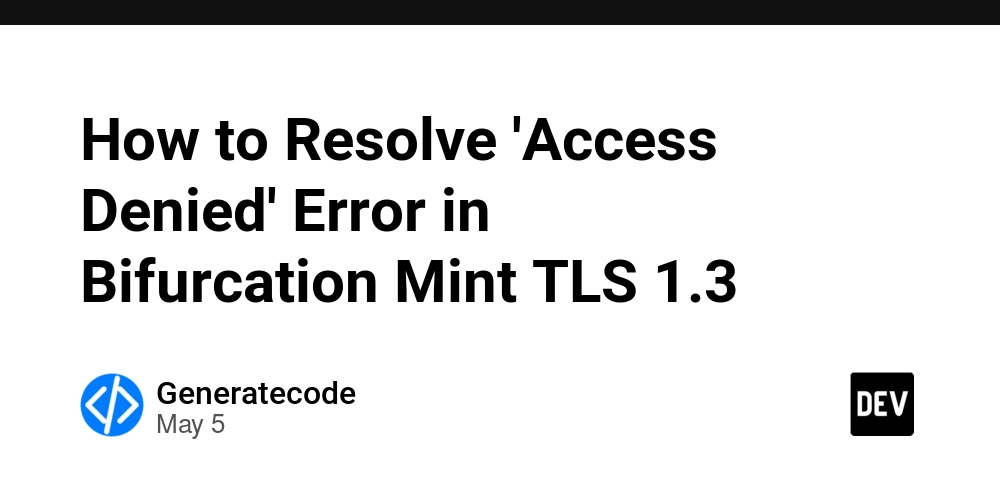Why are problem solving and decision making important in business?
In the business world, challenges are inevitable. Whether it's an internal operational issue or an external market disruption, companies must address these hurdles quickly and effectively. Two critical processes—Problem Solving and Decision Making—play pivotal roles in helping businesses tackle these challenges efficiently. What is Problem Solving in Business? Problem solving in business is the process of identifying a challenge, understanding its root causes, and developing potential solutions to address it. Effective problem solving enables businesses to navigate obstacles, optimize performance, and maintain operational flow. Key stages of problem solving in business include: Problem Identification: Recognizing that a problem exists and understanding its implications on the organization. Root Cause Analysis: Investigating the underlying factors that contribute to the issue. Solution Generation: Brainstorming and developing a range of possible solutions. Evaluation: Assessing which solution is most feasible, cost-effective, and beneficial for the business. The goal of problem solving is to develop practical and actionable solutions that can be implemented to resolve the issue efficiently. What is Decision Making in Business? Once potential solutions have been identified, decision making comes into play. Decision making is the process of evaluating those solutions and selecting the best course of action. It ensures that the chosen solution aligns with business goals, resources, and strategy. In business, decision making involves: Defining the Criteria: Identifying the most important factors for selecting the best solution (e.g., cost, time, resources, risks). Evaluating Options: Comparing the potential solutions based on their alignment with business goals. Selecting the Best Strategy: Choosing the solution that provides the most value, addresses the challenge effectively, and minimizes risks. Implementing the Decision: Taking action to execute the chosen solution and monitoring its progress. Decision making is crucial because it transforms theoretical solutions into concrete actions, directing resources to the right course of action. How Problem Solving and Decision Making Work Together in Business Problem solving and decision making are complementary processes that together help businesses tackle challenges efficiently. Here's how they function in tandem to drive success: Problem Solving Uncovers Solutions: The first step is problem solving, which identifies and defines the challenge. By developing possible solutions, businesses can then move forward with viable options to address the issue. Decision Making Chooses the Best Strategy: After solutions are generated, decision making narrows down the options to identify the best strategy. It ensures that the chosen solution is practical, effective, and aligned with the company's objectives and resources. Together, They Optimize Business Operations: Problem solving identifies what needs to be fixed, while decision making ensures the most efficient and strategic course of action is chosen. Both processes reduce inefficiencies, minimize risks, and maximize positive outcomes for the business. Conclusion In the context of business, problem solving and decision making are essential for overcoming challenges efficiently. Problem solving helps businesses find viable solutions, while decision making ensures that the best possible strategy is chosen to implement those solutions. By mastering both processes, businesses can tackle challenges head-on, improve operations, and ensure long-term success.

In the business world, challenges are inevitable. Whether it's an internal operational issue or an external market disruption, companies must address these hurdles quickly and effectively. Two critical processes—Problem Solving and Decision Making—play pivotal roles in helping businesses tackle these challenges efficiently.
What is Problem Solving in Business?
Problem solving in business is the process of identifying a challenge, understanding its root causes, and developing potential solutions to address it. Effective problem solving enables businesses to navigate obstacles, optimize performance, and maintain operational flow.
Key stages of problem solving in business include:
- Problem Identification: Recognizing that a problem exists and understanding its implications on the organization.
- Root Cause Analysis: Investigating the underlying factors that contribute to the issue.
- Solution Generation: Brainstorming and developing a range of possible solutions.
- Evaluation: Assessing which solution is most feasible, cost-effective, and beneficial for the business. The goal of problem solving is to develop practical and actionable solutions that can be implemented to resolve the issue efficiently.
What is Decision Making in Business?
Once potential solutions have been identified, decision making comes into play. Decision making is the process of evaluating those solutions and selecting the best course of action. It ensures that the chosen solution aligns with business goals, resources, and strategy.
In business, decision making involves:
- Defining the Criteria: Identifying the most important factors for selecting the best solution (e.g., cost, time, resources, risks).
- Evaluating Options: Comparing the potential solutions based on their alignment with business goals.
- Selecting the Best Strategy: Choosing the solution that provides the most value, addresses the challenge effectively, and minimizes risks.
- Implementing the Decision: Taking action to execute the chosen solution and monitoring its progress.
Decision making is crucial because it transforms theoretical solutions into concrete actions, directing resources to the right course of action.
How Problem Solving and Decision Making Work Together in Business
Problem solving and decision making are complementary processes that together help businesses tackle challenges efficiently. Here's how they function in tandem to drive success:
- Problem Solving Uncovers Solutions: The first step is problem solving, which identifies and defines the challenge. By developing possible solutions, businesses can then move forward with viable options to address the issue.
- Decision Making Chooses the Best Strategy: After solutions are generated, decision making narrows down the options to identify the best strategy. It ensures that the chosen solution is practical, effective, and aligned with the company's objectives and resources.
- Together, They Optimize Business Operations: Problem solving identifies what needs to be fixed, while decision making ensures the most efficient and strategic course of action is chosen. Both processes reduce inefficiencies, minimize risks, and maximize positive outcomes for the business.
Conclusion
In the context of business, problem solving and decision making are essential for overcoming challenges efficiently. Problem solving helps businesses find viable solutions, while decision making ensures that the best possible strategy is chosen to implement those solutions. By mastering both processes, businesses can tackle challenges head-on, improve operations, and ensure long-term success.















![Ditching a Microsoft Job to Enter Startup Hell with Lonewolf Engineer Sam Crombie [Podcast #171]](https://cdn.hashnode.com/res/hashnode/image/upload/v1746753508177/0cd57f66-fdb0-4972-b285-1443a7db39fc.png?#)





























































